
Copyright 2016 by Judy Polinsky Photographs copyright 2016 by Radford Polinsky on by Bonnie Matthews. Foreword copyright 2016 by Clair G. Martin All rights reserved. No part of this book may be reproduced in any manner without the express written consent of the publisher, except in the case of brief excerpts in critical reviews or articles. All inquiries should be addressed to Skyhorse Publishing, 307 West 36th Street, 11th Floor, New York, NY 10018. Skyhorse Publishing books may be purchased in bulk at special discounts for sales promotion, corporate gifts, fund-raising, or educational purposes.
Special editions can also be created to specifications. For details, contact the Special Sales Department, Skyhorse Publishing, 307 West 36th Street, 11th Floor, New York, NY 10018 or . Skyhorse and Skyhorse Publishing are registered trademarks of Skyhorse Publishing, Inc., a Delaware corporation. Visit our website at www.skyhorsepublishing.com. 10 9 8 7 6 5 4 3 2 1 Library of Congress Cataloging-in-Publication Data is available on file.  Contents
Contents 
 Foreword
Foreword  Few plants elicit as strong of an emotional and cultural response as the rose.
Few plants elicit as strong of an emotional and cultural response as the rose.  Contents
Contents 
 Foreword
Foreword  Few plants elicit as strong of an emotional and cultural response as the rose.
Few plants elicit as strong of an emotional and cultural response as the rose.
Slicing across cultural lines, the rose has become an icon. In the West, its use has become almost ubiquitous. Rose-colored glasses or rosy cheeked are among the many daily uses of the word. Try thinking about Valentines or Mothers Day without picturing a rose in your minds eye! Our strong attachment to the flower is due to its fragrance and our long use of the shrub as a garden flower. It is almost like we are born with the knowledge of what a rose should be etched into our synapses. Watch a young child in the rose garden run from brightly colored and perfumed bloom to bloom, and know that this is in our genes.
For me personally, the use of roses in cooking is virgin territory. Sure, in my studies I had come across recipes using roses from time to time, but in my mind I associated these culinary uses with gingham-frocked 1950s housewives offering trays of homemade cookiesnot something a true, red-blooded rosarian should take seriously! Cooking with roses was outside my focus (or so I thought). Judy Polinsky dragged me kicking and screaming into a world where rose appreciation takes on a new meaning. She seduced me with rose almond cookies and rose-petaled ice cream and her decadent chocolate rose cakes. Judy began by volunteering in The Huntington Herb Garden but soon followed her nose into my rosy domain. She challenged me to recommend the most fragrant roses for possible use in creating rose waters to use in her culinary experiments.
My resistance was weakened and finally breached when she started sharing her rose treats with us in the garden. Once introduced to her eighteenth century pound cake, I was hooked! Judys fascination with period cooking mirrors the expansion of roses being developed in Holland and France in the eighteenth century. While in the early part of the century roses remained the hobby of the aristocracy, by the end ordinary citizens were discovering the joys of growing roses in their home gardens. Often the most popular roses were also the most fragrant. Those were ripe, smelly times, and one couldnt just pick up a room deodorizer at the corner apothecary nor could you find rose water at the local grocer. If you wanted to jazz up your grandmothers pound cake, you had to make your own rose water.
This book is a product of Judys determination and perseverance promoting roses in cooking. A few years back, I invited her to share some of her treats at the Great Rosarians of the World annual lecture series at The Huntington. Her rose cookies and cakes expanded to rose-flavored puddings and whipped cream, and she seduced a new audience into her world of rose cooking. Those of us who were privileged to be her test subjects soon came to the universal opinion that she needed to write a book, and this is the product of all those experiments. Enjoy! Clair G. Martin Curator Emeritus of the Huntington Rose Garden San Marino, California 
 Introduction
Introduction  Have you ever imagined a table laden with sweet dishes? Cakes, puddings, creams, custards, jellies, candied fruits, marzipan, ice creams molded into exotic forms, all served as the final course of your meal? I have! After reading Georgian era cookbooks as an amateur historian, I became curious about the economic, political, and social factors that would create an entire table of sweets as a show of wealth and power.
Have you ever imagined a table laden with sweet dishes? Cakes, puddings, creams, custards, jellies, candied fruits, marzipan, ice creams molded into exotic forms, all served as the final course of your meal? I have! After reading Georgian era cookbooks as an amateur historian, I became curious about the economic, political, and social factors that would create an entire table of sweets as a show of wealth and power.
This is the fascination that led me to research more about Georgian food, particularly the dessert course. I am intrigued by the use of roses and rose water in Georgian foods. The result is this book of recipes (or as the Georgians wrote receipts). The eighteenth century original receipt is printed on the left-hand page, facing the modern version on the right-hand page. In deciphering eighteenth century text or personal handwriting, I have attempted to stay true to the receipts and the cooks knowledge and skills. Each receipt was tested without the use of any electric conveniences, all by hand, then retested using modern appliances such as mixers and food processors.
The results will vary slightly. If the entire receipt is mixed by hand, the result will be a denser version than the modern palate is accustomed to. However, the reward is in the subtle blending and mixing of unexpected flavors to create a wonderful treat. Whether your interest is in cooking, rose gardening, or history, using roses from your garden to recreate unusual recipes is an adventure and great fun! 

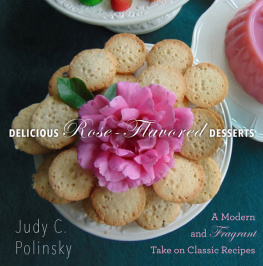
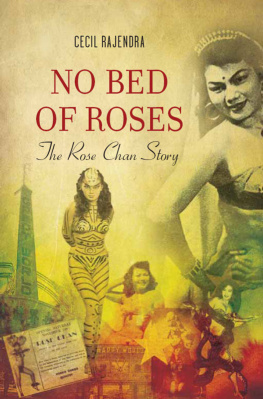
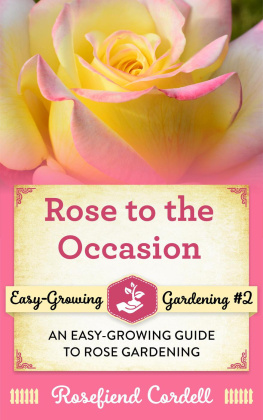
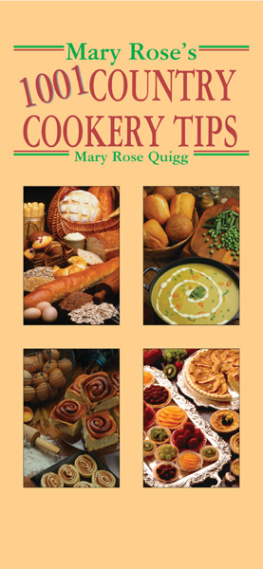


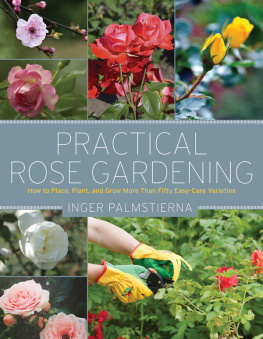
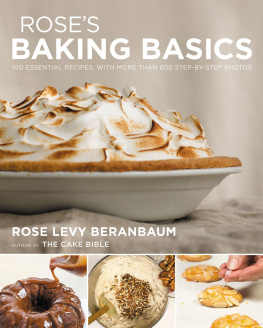
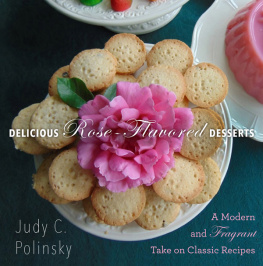
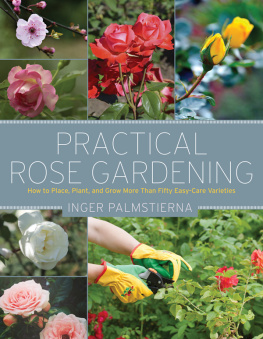
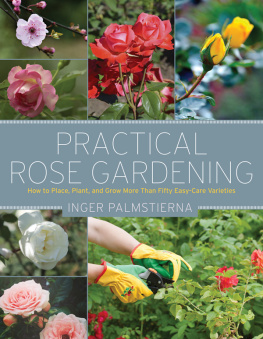




 Contents
Contents 
 Foreword
Foreword 
 Introduction
Introduction 